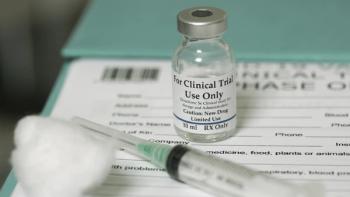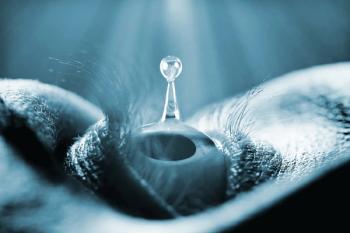
Schachter Factor: Evaporative dry eye vs. aqueous tear deficiency
I get to spend a lot of time in OD practices talking about dry eye disease (DED). Many of these practices already do a lot for their dry eye patients, but many seem to fall into one camp or the other.
I get to spend a lot of time in OD practices talking about dry eye disease (DED). Many of these practices already do a lot for their dry eye patients, but many seem to fall into one camp or the other.
There are two types of dry eye disease, evaporative dry eye (EDE) and aqueous tear deficiency (ATD).
Related:
Many ODs seem to believe that the majority of their dry eye patients fall into one category or another and can be fanatical in this belief. Studies have shown EDE to be most common, but have also shown that over one-third have combined ATD and EDE.1
When cyclosporine (Restasis, Allergan) was introduced, many doctors hopped on the ATD bandwagon. With the release of the
What are the differences?
Typically, ATD can be diagnosed by low tear volume and production and hyperosmolarity. It is managed with:
• Artificial tears
• Cyclosporine
• Punctal plugs
Related:
Evaporative dry eye can be diagnosed by tear film break-up time and compromised meibomian glands. It may be treated with:
• Hot compresses
• Meibomian gland expression
• Fish oil
• Lipid-based artificial tears
There are some commonalities among both types. In my opinion, inflammation is the most obvious. There is a device that can now measure for matrix metalloproteinase-9 (MMP-9), an inflammatory biomarker. I have found this very useful in diagnosis, treating, and following for treatment success.
Be a DED OD
My questions to you are these:
• If you make a diagnosis of EDE, and you also see a positive result on the MMP-9 test, how will you manage the patient?
• Will your MGD treatment protocol get rid of the inflammation?
• Will a short burst of steroids be enough to keep inflammation away?
• Will cyclosporine help this type of EDE patient?
• Can inflammation in a pure ATD patient cause harm to the meibomian glands?
Related:
Whether you are in one camp or the other-or somewhere in between-if you are actively screening for dry eye, treating it, and following it, you are way ahead of the game. Keep an open mind when making a diagnosis. Don’t be an EDE OD, or an ATD OD. Be a DED OD. Clinical outcomes though experience will help determine the best way to manage your dry eye patients. Remember, vision begins with the tear film.
References:
1. Lemp MA, Crews LA, Bron AJ, et al. Distribution of Aqueous-Deficient and Evaporative Dry Eye in a Clinic-Based Patient Cohort: A Retrospective Study. Cornea. 2012 May;31(5):472-8.
Newsletter
Want more insights like this? Subscribe to Optometry Times and get clinical pearls and practice tips delivered straight to your inbox.













































.png)


